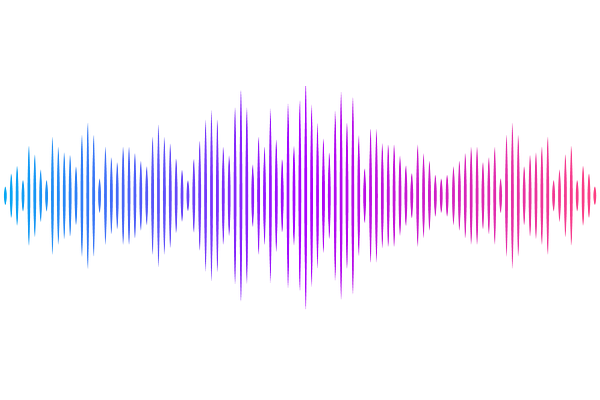Integrating structural homology with deep learning to achieve highly accurate protein-protein interface prediction for the human interactome

Integrating structural homology with deep learning to achieve highly accurate protein-protein interface prediction for the human interactome
Xiong, D.; Torres, M.; Murray, D.; Li, L.; Naravane, A. C.; Fragoza, R.; Honig, B.; Yu, H.
AbstractA significant portion of disease-causing mutations occur at protein-protein interfaces however, the number of structurally resolved multi-protein complexes is extremely small. Here we present a computational pipeline, PIONEER2.0, that integrates 3D structural similarity with geometric deep learning to accurately predict protein binding partner-specific interfacial residues for all experimentally observed human binary protein-protein interactions. We estimate that AlphaFold3 fails to produce high-quality structural models for about half of the human interactome; for these challenging cases, PIONEER2.0 significantly outperforms AlphaFold3 in predicting their interface residues, making PIONEER2.0 an excellent alternative and complementary tool in real-world applications. We further systematically validated PIONEER2.0 predictions experimentally by generating 1,866 mutations and testing their impact on 5,010 mutation-interaction pairs, confirming PIONEER-predicted interfaces are comparable in accuracy as experimentally determined interfaces using PDB co-complex structures. We then used PIONEER2.0 to create a comprehensive multiscale structurally informed human interactome encompassing all 352,124 experimentally determined binary human protein interactions in the literature. We find that PIONEER2.0-predicted interfaces are instrumental in prioritizing disease-associated mutations and thus provide insight into their underlying molecular mechanisms. Overall, our PIONEER2.0 framework offers researchers a valuable tool at an unprecedented scale for studying disease etiology and advancing personalized medicine.